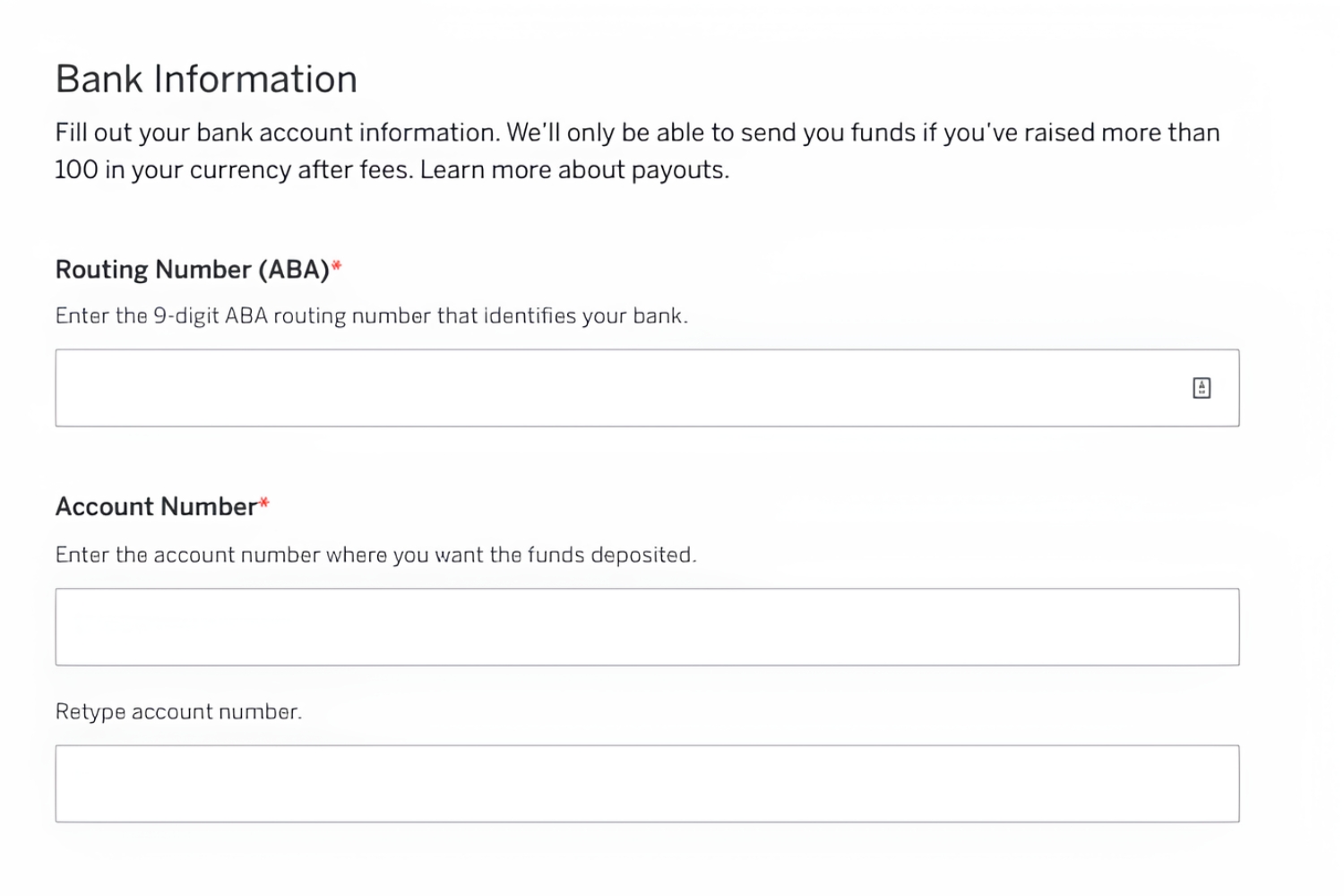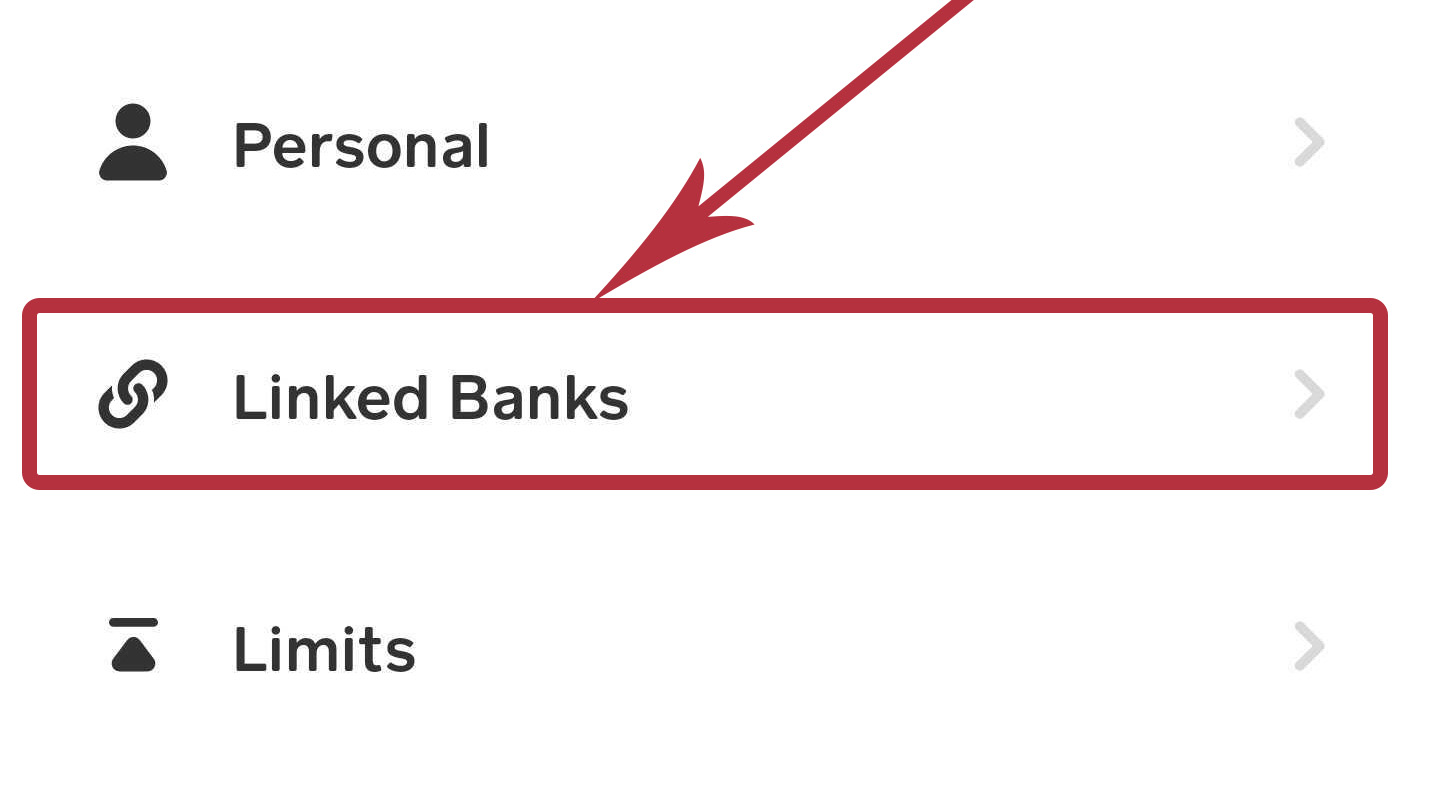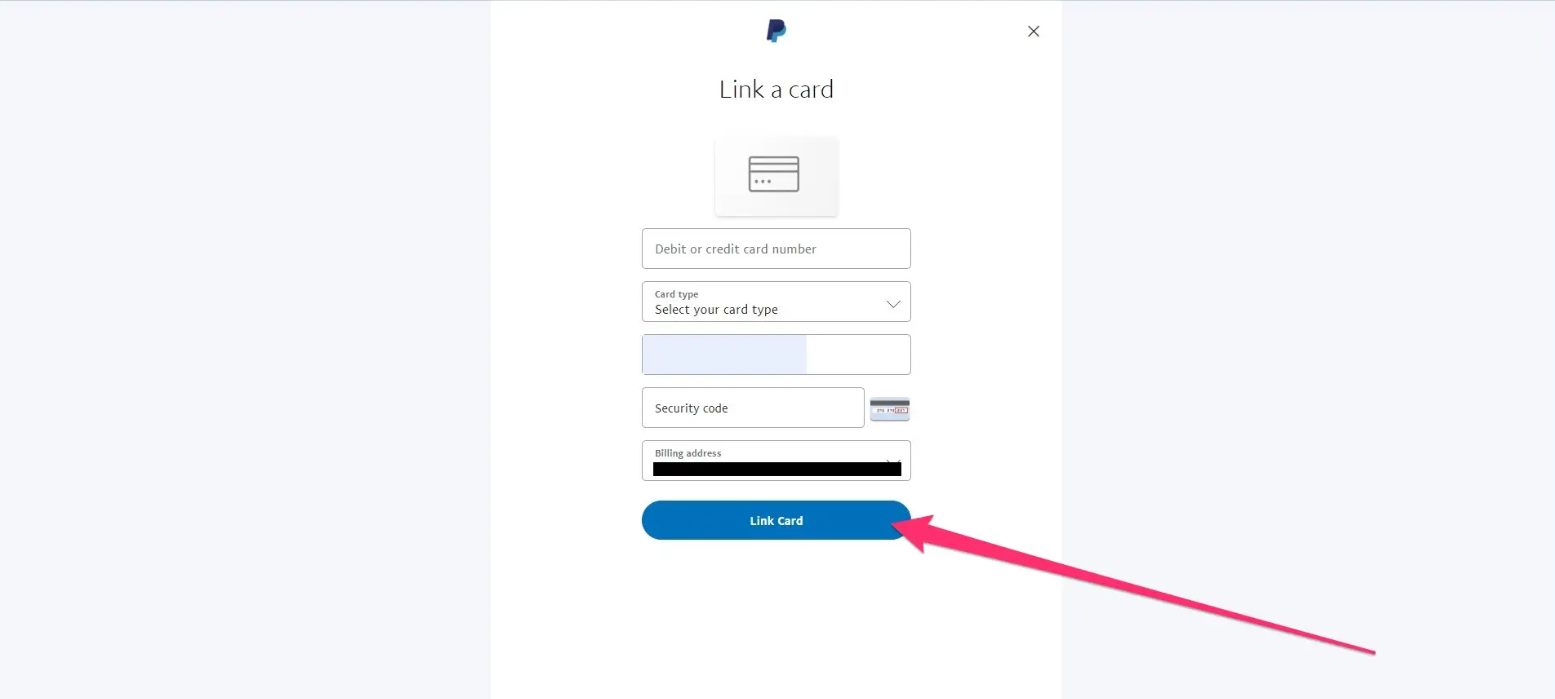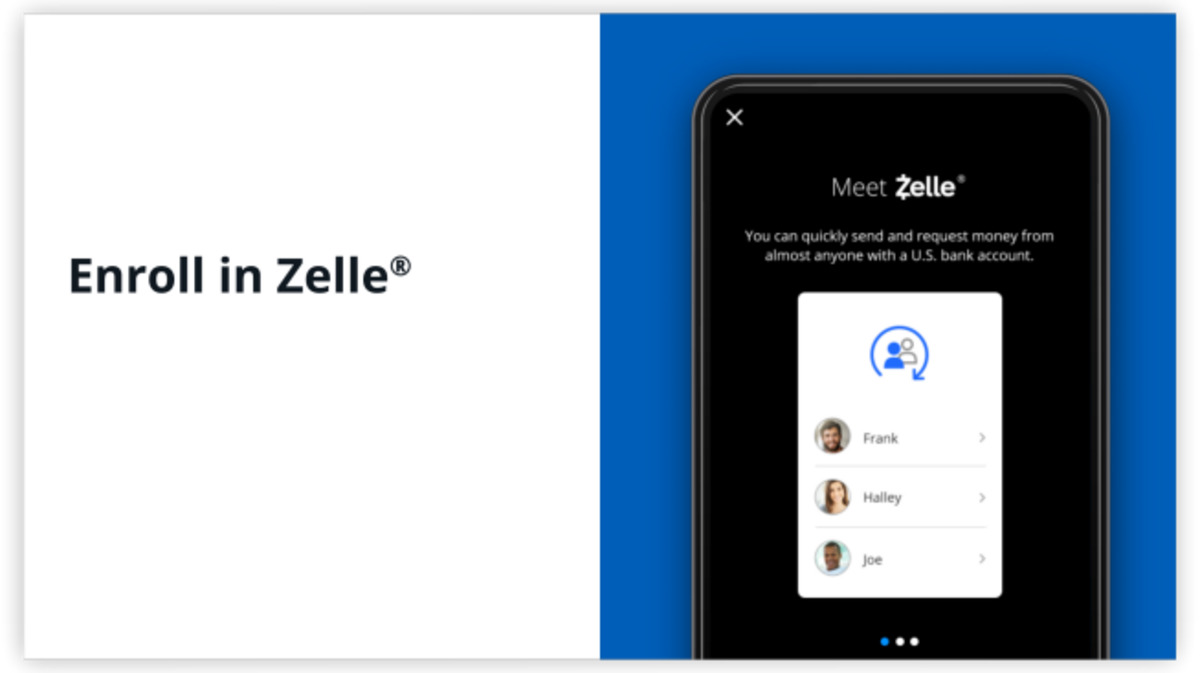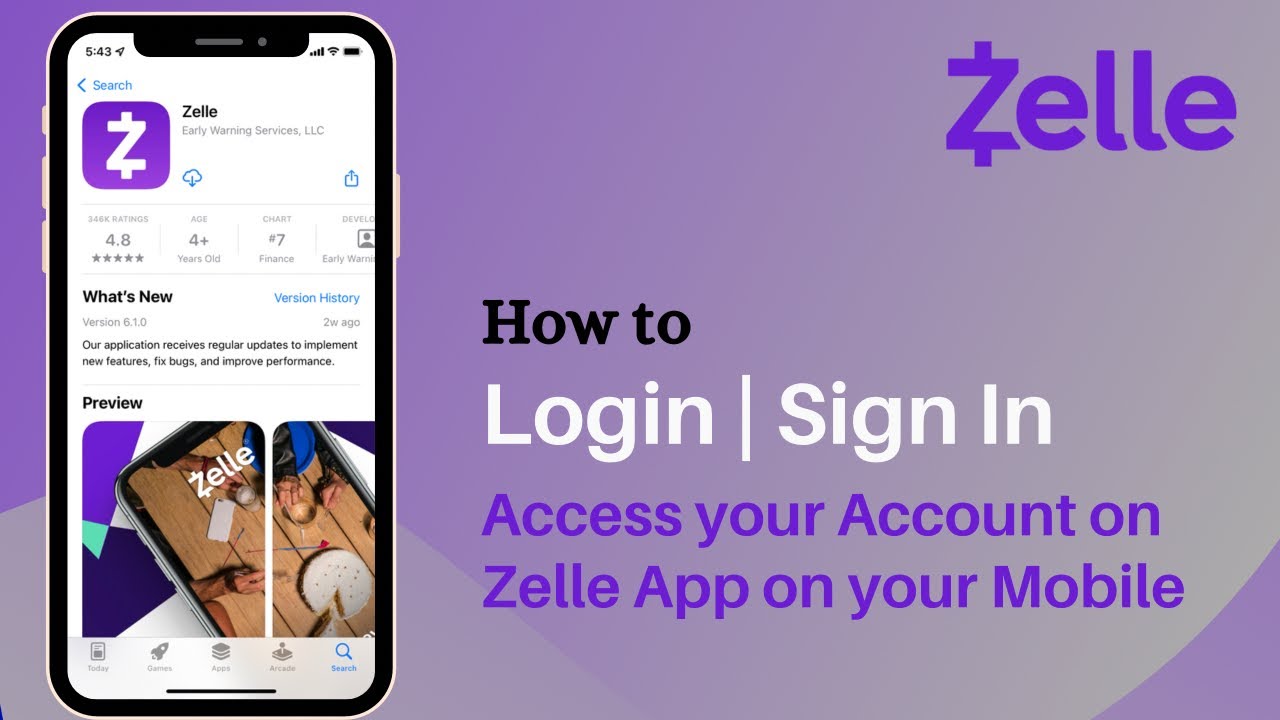Introduction
Welcome to the world of banking accounts! Whether you’re starting out on your financial journey or looking to switch to a new banking provider, understanding the ins and outs of banking accounts is essential. In today’s age of digital transactions and financial management, having a banking account has become a necessity for individuals and businesses alike.
A banking account is a financial tool that allows you to securely store, manage, and access your funds. It serves as a gateway to various financial services and provides the foundation for conducting everyday transactions such as receiving your salary, paying bills, and making purchases. With the convenience and flexibility of modern banking, you can access your account online, through mobile applications, or by visiting a physical bank branch.
There are different types of banking accounts to cater to different needs and preferences. Whether you’re looking for a basic checking account for day-to-day transactions or a high-interest savings account to grow your wealth, banks offer a range of options to suit various financial goals.
Having a banking account offers numerous benefits. It provides a safe and secure place to keep your money, keeping it protected from loss or theft. With your funds held in a bank account, you can also easily track your transactions, monitor your spending, and plan your budget. Banking accounts also offer convenient features such as online banking, ATM access, and the ability to transfer money to others, making it easier than ever to manage your finances.
In this article, we will explore the different types of banking accounts available, the benefits they offer, and how to open and manage one. We will also delve into the key features and services provided by banking accounts, as well as discuss tips for choosing and maintaining the right account for your needs. By the end, you’ll have a clear understanding of banking accounts and be well-equipped to make informed decisions about your financial future.
Definition of a Banking Account
A banking account, also known as a bank account or a financial account, is a type of account provided by a bank or financial institution to individuals and businesses. It serves as a secure and convenient place to deposit and store money, as well as access a range of financial services.
When you open a banking account, you become an account holder with the bank. This account holds your money, which can be in the form of cash, checks, or electronic transfers. It serves as a repository for your funds, allowing you to deposit and withdraw money whenever you need it.
A banking account provides you with various benefits and functionalities. You can receive your salary or income directly into your account, making it easy to manage your finances and track your earnings. With a banking account, you can also pay bills, make purchases using a debit card, write checks, and access funds through ATM withdrawals.
There are different types of banking accounts available, each designed to cater to specific financial needs and goals. The primary types of banking accounts include:
- Checking Accounts: These accounts are used for everyday transactions and offer features like writing checks, ATM withdrawals, and online bill payments. They are ideal for managing day-to-day expenses and ensuring easy access to funds.
- Savings Accounts: Savings accounts are designed for individuals or businesses who want to save money and earn interest on their deposits. These accounts typically offer higher interest rates than checking accounts, allowing your savings to grow over time.
- Money Market Accounts: Money market accounts combine features of both checking and savings accounts. They offer competitive interest rates and limited check-writing abilities, making them suitable for individuals looking to earn higher interest while maintaining some liquidity.
- Certificate of Deposit (CD): A CD is a fixed-term deposit account with a fixed interest rate and maturity date. By keeping your money in a CD for a specific period, you can earn higher interest rates than traditional savings accounts. However, early withdrawals from CDs may result in penalty fees.
Each type of banking account serves different purposes and comes with its own set of features, restrictions, and requirements. It’s essential to understand the specific terms and conditions of each account before opening one.
Now that we have a clear understanding of what a banking account is, let’s explore the different types of accounts in more detail and the benefits they offer.
Different Types of Banking Accounts
When it comes to banking accounts, there isn’t a one-size-fits-all approach. Banks offer a variety of account options tailored to different financial needs and goals. Here are the most common types of banking accounts:
- Checking Accounts: Checking accounts are transactional accounts that allow frequent deposits and withdrawals. They are designed for day-to-day financial activities such as paying bills, making purchases, and accessing cash. With a checking account, you receive a checkbook and a debit card, enabling you to conveniently manage your money.
- Savings Accounts: Savings accounts are ideal for those looking to set money aside for future needs or emergencies. These accounts offer a modest interest rate on your deposits, helping your savings grow over time. Unlike checking accounts, savings accounts often have a limit on the number of withdrawals you can make per month.
- Money Market Accounts: Money market accounts combine the features of checking and savings accounts. They typically offer a higher interest rate than regular savings accounts while still allowing you to write checks and access your funds. Money market accounts often require a higher minimum balance compared to other types of accounts.
- Certificate of Deposit (CD): A certificate of deposit is a time-bound savings account that offers a fixed interest rate over a specific term. CDs generally have a higher interest rate than traditional savings accounts, but your money is locked in for the duration of the term. Early withdrawal from a CD may result in penalties.
- Individual Retirement Accounts (IRAs): IRAs are specialized accounts designed for retirement savings. There are different types of IRAs, including traditional and Roth IRAs, each with unique tax advantages and rules. These accounts are an excellent way to save for retirement while enjoying potential tax benefits.
- Business Accounts: Banks also offer accounts specifically designed for business needs. Business accounts come in various forms, such as business checking accounts, business savings accounts, and merchant accounts. These accounts help businesses organize their finances, manage cash flow, and separate personal and business expenses.
It’s important to assess your financial goals and needs to choose the right type of banking account. Consider factors such as interest rates, fees, transaction limits, and additional services provided by the bank. Some banks may also offer specialized accounts, such as student accounts or senior citizen accounts, with benefits tailored for specific demographics.
By understanding the different types of banking accounts available, you can make an informed decision and choose the account that best fits your financial requirements.
Benefits of Having a Banking Account
Holding a banking account offers numerous advantages that enhance your financial management and provide convenience in your day-to-day life. Here are some key benefits of having a banking account:
- Safety and Security: One of the primary benefits of a banking account is the safety and security it provides for your money. Instead of keeping your funds at home or carrying cash, storing your money in a bank account reduces the risk of loss or theft. Banks have strict security measures in place to safeguard your funds, including encryption, fraud detection systems, and FDIC insurance coverage for deposits up to $250,000.
- Convenient Access to Funds: With a banking account, you have easy and convenient access to your funds. Whether you need cash from an ATM, want to make online payments, or write a check, a banking account makes these transactions seamless and efficient. Many banks also provide mobile banking apps, allowing you to manage your account from the convenience of your smartphone.
- Electronic Transfers and Payments: A banking account enables you to send and receive money electronically, which is faster and more secure than traditional methods. Whether it’s paying bills online, transferring money to family and friends, or receiving your salary directly into your account, electronic transfers save time and reduce the need for physical cash exchanges.
- Budgeting and Financial Planning: Keeping track of your finances becomes much easier when you have a banking account. Banks provide account statements, both electronically and in print, that detail your transactions, allowing you to monitor your spending, identify patterns, and plan your budget effectively. Some banks even offer budgeting tools and alerts to help you stay on top of your financial goals.
- Earning Interest on Savings: If you have a savings account, you can earn interest on your deposits. The interest earned is typically higher than the interest rates offered by traditional saving methods. Over time, this interest can help your savings grow and potentially beat inflation, allowing your money to work for you.
- Building Credit History: Having a banking account is essential for building a strong credit history. It demonstrates your financial responsibility and stability to lenders, which can be beneficial when applying for loans or mortgages in the future. Using your banking account responsibly and paying bills on time can positively impact your credit score.
- Access to Additional Financial Services: Banks offer a range of financial services beyond basic account management. These services may include loans, credit cards, investment opportunities, insurance products, and financial planning guidance. By having a banking account, you have access to these services, enabling you to meet different financial needs, pursue growth, and achieve long-term financial success.
Having a banking account provides numerous benefits that enhance your financial well-being and simplify your financial transactions. It offers a safe and secure way to store your money, convenient access to funds, and a variety of tools and services to help you manage your finances effectively.
Now that we’ve explored the benefits of having a banking account, let’s delve into the process of opening an account and the key features and services that banks offer.
How to Open a Banking Account
Opening a banking account is a straightforward process that can be done either online or at a physical bank branch. Here are the general steps to follow when opening a banking account:
- Research Different Banks: Start by researching different banks and the types of accounts they offer. Consider factors such as fees, interest rates, account features, and customer reviews to find a bank that best suits your needs.
- Choose the Right Account Type: Determine the type of account that aligns with your financial goals. Consider factors such as the purpose of the account, any minimum deposit requirements, and the fees associated with the account.
- Gather Required Documents: Banks typically require specific documents to open an account. This may include identification proof (such as a passport or driver’s license), proof of address (such as a utility bill or lease agreement), and Social Security number or Taxpayer Identification Number (TIN).
- Visit the Bank or Apply Online: Once you have chosen a bank and gathered the necessary documents, you can either visit a bank branch in person or apply online through the bank’s website. Online applications usually require you to provide scanned copies of your documents.
- Complete the Application Form: Fill out the application form with accurate and up-to-date information. This may include personal details, contact information, employment information, and financial details.
- Make an Initial Deposit: Depending on the bank and account type, you may need to make an initial deposit to activate your account. The amount required varies, so check the specific requirements for the account you are opening.
- Review the Terms and Conditions: Before finalizing the account opening process, carefully review the terms and conditions of the account. Pay close attention to any fees, transaction limits, interest rates, and account maintenance requirements.
- Receive Account Details: Once your application is approved, the bank will provide you with account details, including your account number, routing number (for transferring funds), and any additional instructions on accessing and managing your account.
- Set Up Additional Services: If desired, you can set up additional services such as online banking, mobile banking, and alerts for account activity. These features provide convenient access to your account and enhance your banking experience.
- Start Managing Your Account: With your banking account open, you can now start managing your funds and utilizing the various features and services offered by the bank. Ensure you regularly review your account statements, monitor your transactions, and stay up to date with any changes or updates from the bank.
Remember, each bank may have specific variations in their application process, so it’s essential to follow the instructions provided by your chosen bank. Opening a banking account is an important step towards financial stability, enabling you to manage your money effectively and access a range of financial services.
Now that you know how to open a banking account, let’s explore the key features and services offered by banking accounts in more detail.
Key Features and Services Offered by Banking Accounts
Banking accounts come with a wide range of features and services that provide convenience, flexibility, and security. Let’s explore some of the key features and services commonly offered by banking accounts:
- Online Banking: Most banks offer online banking services, allowing you to access and manage your account virtually. With online banking, you can view your account balance, review transaction history, transfer funds between accounts, pay bills, and even deposit checks using mobile check deposit.
- Mobile Banking: Mobile banking apps have become increasingly popular, providing customers access to their banking accounts on their smartphones or tablets. Mobile banking allows you to check your account, make transfers, pay bills, and even send money to friends and family, all from the convenience of your mobile device.
- Debit Cards: Most banking accounts come with a debit card linked to the account. Debit cards allow you to make purchases at point-of-sale terminals, withdraw cash from ATMs, and even shop online securely. They offer a convenient and secure alternative to carrying cash.
- ATM Access: With a banking account, you typically have access to a network of ATMs where you can withdraw cash, deposit money, and check your account balance. Many banks have their own ATM networks or participate in shared networks, providing you with convenient access to your funds wherever you are.
- Bill Payment: Banking accounts often offer bill payment services that allow you to pay your bills electronically. Whether it’s utilities, credit card bills, or rent, you can set up automatic payments or manually schedule payments, eliminating the hassle of writing checks or sending physical payments.
- Direct Deposits: Many employers offer direct deposit, which allows your salary or income to be deposited directly into your banking account. Direct deposit saves time and eliminates the need to physically deposit a check, ensuring your funds are available instantly.
- Overdraft Protection: Some banking accounts offer overdraft protection, which helps prevent your account from becoming overdrawn. With overdraft protection, if you make a transaction that exceeds your available balance, the bank will cover the amount and charge you a fee, preventing declined transactions and potential fees from merchants.
- Customer Support: Banks provide customer support services to assist you with any questions, concerns, or issues regarding your banking account. This may include phone support, online chat, or in-person support at bank branches. Having reliable customer support ensures you can address any problems or inquiries promptly.
- Additional Financial Services: Beyond basic account management, banking accounts often offer additional financial services. These may include loans, credit cards, investment opportunities, insurance products, and financial planning guidance. By having a banking account, you gain access to these services, allowing you to meet various financial needs in one place.
These key features and services make banking accounts versatile and provide customers with the tools they need to manage their finances effectively. Whether it’s accessing your account online, making purchases with your debit card, or utilizing additional financial services, banking accounts offer a comprehensive suite of options to enhance your banking experience.
Now that we’ve explored the key features and services of banking accounts, let’s dive into managing and accessing funds within a banking account.
Managing and Accessing Funds in a Banking Account
Managing and accessing funds in a banking account is essential to effectively utilize the features and services provided. Here are some key aspects to consider:
1. Deposits and Withdrawals: You can deposit funds into your banking account through various methods, such as direct deposits, cash deposits at bank branches or ATMs, and electronic transfers. When making withdrawals, you can withdraw cash from ATMs, use your debit card for purchases, write checks, or initiate electronic transfers.
2. Monitoring Account Activity: It’s crucial to regularly monitor your account activity to keep track of your transactions and account balance. Most banks provide online or mobile access to view your account activity in real time. Reviewing your transactions ensures accuracy, helps detect any unauthorized activity, and enables you to manage your finances effectively.
3. Budgeting and Expense Tracking: Take advantage of the tools provided by your banking account, such as online banking platforms or mobile apps, to monitor and categorize your expenses. Tracking your spending habits allows you to identify areas where you can save and make informed financial decisions.
4. Automatic Payments: Set up automatic payments for regular bills and expenses to ensure they are paid on time. This helps avoid late fees or missed payments. Many banks offer bill payment services that allow you to schedule recurring payments directly from your account.
5. Transfers and Payments: Use your banking account’s transfer features to move money between accounts easily. This could involve transferring funds to another account you hold within the same bank or sending money to external accounts using electronic transfers. You may also utilize payment services offered by your bank to send money to others.
6. Account Alerts and Notifications: Enable account alerts and notifications to stay informed about your account activity. These notifications can include low balance alerts, deposit confirmations, or unauthorized transaction alerts. Adjust the settings based on your preferences to be promptly notified of any important account updates.
7. Account Statements: Stay organized by reviewing your regular account statements. Banks usually provide monthly or quarterly statements that summarize your account activity, including deposits, withdrawals, and any fees or interest earned. Review these statements to identify any discrepancies and reconcile your accounts.
8. Interest and Investment Options: If you have a savings account or money market account, take advantage of the interest rates offered to grow your savings. Some banking accounts also provide investment options with varying levels of risk and return. Research and consider these opportunities to make your money work for you.
9. Updating Account Information: Keep your account information up to date, including your contact details and beneficiary information. Inform your bank of any changes to your address, phone number, or email to ensure you receive important communications regarding your account.
10. Utilizing Support and Resources: If you have any questions or encounter issues with managing your banking account, reach out to your bank’s customer support. They can provide assistance with account-related inquiries, technical issues, or any other concerns you may have.
By effectively managing and accessing funds in your banking account, you can make the most of the features and services provided, stay on top of your finances, and make informed financial decisions.
Now that we have covered the essentials of managing and accessing funds, let’s delve into understanding the fees and charges associated with banking accounts.
Understanding Fees and Charges Associated with Banking Accounts
It is crucial to understand the fees and charges associated with banking accounts to effectively manage your finances and avoid any surprises. Here are some common fees and charges you may encounter:
1. Monthly Maintenance Fees: Some banking accounts require a monthly maintenance fee to keep the account active. The fee amount can vary depending on the type of account and the bank. However, many banks offer fee waivers if certain conditions are met, such as maintaining a minimum monthly balance or having direct deposit set up.
2. Transaction Fees: Certain transactions, such as exceeding a limited number of withdrawals from a savings account, may incur transaction fees. Additionally, some banks charge fees for services like wire transfers, cashier’s checks, and stop payments. Be sure to review the fee schedule of your bank to understand these charges.
3. ATM Fees: If you use an ATM that does not belong to your bank’s network, you may face ATM fees. These fees can include both fees charged by your bank and fees charged by the ATM operator. To avoid or minimize ATM fees, use ATMs within your bank’s network or consider switching to a bank with a larger ATM network.
4. Overdraft Fees: If you overdraw your account, meaning you spend more than the available balance, banks may charge overdraft fees. These fees can be substantial, so it’s important to keep track of your account balance and set up overdraft protection to avoid unexpected charges.
5. Insufficient Funds Fees: If you attempt a transaction that exceeds your available balance and you do not have overdraft protection, your bank may charge insufficient funds fees. These fees can apply to checks, electronic payments, and recurring transactions. It’s crucial to manage your account carefully to avoid these charges.
6. Foreign Transaction Fees: When making purchases or withdrawing cash in a foreign currency, many banks charge foreign transaction fees. These fees can consist of a percentage of the transaction amount or a flat fee. If you frequently travel abroad or engage in international transactions, consider choosing a bank that offers low or no foreign transaction fees.
7. Minimum Balance Fees: Some banking accounts require you to maintain a minimum balance to avoid fees. If your balance falls below the specified minimum, the bank may charge a minimum balance fee. These fees vary among banks, so review your account terms and make sure you understand the requirements.
8. Account Closure Fees: If you decide to close your account within a specific time frame after opening, some banks may charge an account closure fee. This fee encourages customers to keep their accounts open for a certain period. Be aware of these fees if you are considering switching banks in the near future.
9. Paper Statement Fees: As banks encourage digital statements, they may charge a fee for requesting paper statements instead of electronic ones. To avoid this fee, consider opting for electronic statements, which are typically more eco-friendly and convenient.
10. Additional Service Fees: Depending on your banking needs, there may be fees associated with additional services such as ordering replacement debit cards, requesting account research, or using specialized banking services. Review the fee schedule provided by your bank to understand these charges.
While fees and charges are a part of banking, understanding them empowers you to make informed decisions and minimize unnecessary costs. Carefully review your bank’s fee schedule, compare different account options, and choose an account that aligns with your financial needs and offers the best value.
Now that we’ve explored fees and charges, let’s explore some tips for choosing and maintaining a banking account.
Tips for Choosing and Maintaining a Banking Account
Choosing and maintaining a banking account is a crucial decision for your financial well-being. Here are some tips to help you make the right choice and effectively manage your banking account:
1. Assess Your Needs: Take the time to understand your financial goals and needs. Are you looking for a basic checking account for day-to-day transactions or a high-interest savings account to grow your money? Consider factors such as account features, fees, access to ATMs, customer service, and additional services when evaluating different banking options.
2. Compare Account Options: Research and compare various banks and their account offerings. Look for low or no monthly maintenance fees, competitive interest rates, and a wide ATM network. Consider online banks as they often offer higher interest rates and lower fees compared to traditional brick-and-mortar banks.
3. Understand Fees and Charges: Carefully review the fee schedule of the banking account you are considering. Understand the fees and charges associated with the account, including monthly maintenance fees, transaction fees, and ATM fees. Consider accounts with fee waivers or lower fees based on factors such as minimum balance requirements or direct deposits.
4. Customer Service: Look for a bank that provides excellent customer service. Consider factors such as accessibility, responsiveness, and the availability of customer support through phone, online chat, or in-person at branch locations. Good customer service ensures that your concerns are addressed promptly and your banking experience is smooth.
5. Online and Mobile Banking: Consider the availability and functionality of online and mobile banking platforms. These platforms provide convenient access to your account, allow you to manage transactions, set up alerts, and access account statements. Look for features like mobile check deposit and the ability to transfer money easily.
6. ATM Network: If ATM access is important to you, choose a bank with a wide network of ATMs. Having easy access to ATMs can save you money on fees and provide convenience when withdrawing cash or making deposits. Some banks even reimburse fees charged by out-of-network ATMs.
7. Read and Understand Account Terms: Before opening a banking account, carefully read and understand the account terms and conditions. Pay attention to overdraft policies, interest rates, minimum balance requirements, and any limitations on withdrawals or transactions. Knowing the details of your account helps you avoid penalties or unexpected fees.
8. Regularly Monitor Your Account: Stay on top of your account activity by regularly monitoring your transactions and reviewing your account statements. Check for any unauthorized or erroneous transactions and reconcile your accounts to ensure accuracy. Monitoring your account helps you catch any issues early and maintain control over your finances.
9. Be Mindful of Security: Secure your banking account by employing recommended security practices. Protect your login information, use strong passwords, and enable two-factor authentication when available. Regularly review your account activity and report any suspicious or fraudulent transactions to your bank immediately.
10. Review and Reevaluate: Periodically review your banking account and assess if it still meets your needs. Consider changes in your financial situation or evolving banking preferences. If you find that your current account no longer aligns with your requirements, don’t hesitate to switch to another bank or account that better suits your needs.
By following these tips, you can make an informed decision when choosing a banking account and effectively manage it for your financial success. Remember to regularly evaluate your account and make adjustments as needed to ensure you’re getting the most out of your banking experience.
Now that we’ve covered tips for choosing and maintaining a banking account, let’s conclude our exploration of banking accounts.
Conclusion
Banking accounts play a vital role in our financial lives, providing a safe and convenient way to manage our funds, access a range of financial services, and achieve our financial goals. Whether it’s a checking account for daily transactions, a savings account for building wealth, or specialized accounts for specific needs, banking accounts offer a multitude of benefits.
In this article, we explored the definition of a banking account and the different types available, including checking accounts, savings accounts, money market accounts, certificates of deposit (CDs), and business accounts. We discussed the benefits of having a banking account, such as safety and security, convenient access to funds, and the ability to earn interest on savings.
We also covered the process of opening a banking account, emphasizing the importance of researching different banks, understanding account types, gathering necessary documentation, and completing the application process either online or in person. Additionally, we delved into the key features and services offered by banking accounts, including online and mobile banking, debit cards, ATM access, bill payment, and additional financial services.
Managing and accessing funds in a banking account require attention to detail, including monitoring transactions, budgeting, utilizing account alerts, and updating account information. We also discussed the importance of understanding and managing fees and charges associated with banking accounts to avoid unnecessary costs.
Lastly, we provided tips for choosing and maintaining a banking account, highlighting the need to assess your needs, compare options, understand fees, consider customer service, leverage online and mobile banking options, and regularly review your account for updates and changes.
By following these guidelines and making informed decisions, you can effectively utilize your banking account, achieve your financial objectives, and navigate the world of personal finance with confidence.
Remember, banking is an ever-evolving landscape, and your financial needs may change over time. Regularly reassess your banking account to ensure it continues to meet your requirements and explore new banking options as they become available. Make your banking account work for you and take advantage of the tools and services provided to empower your financial growth.









